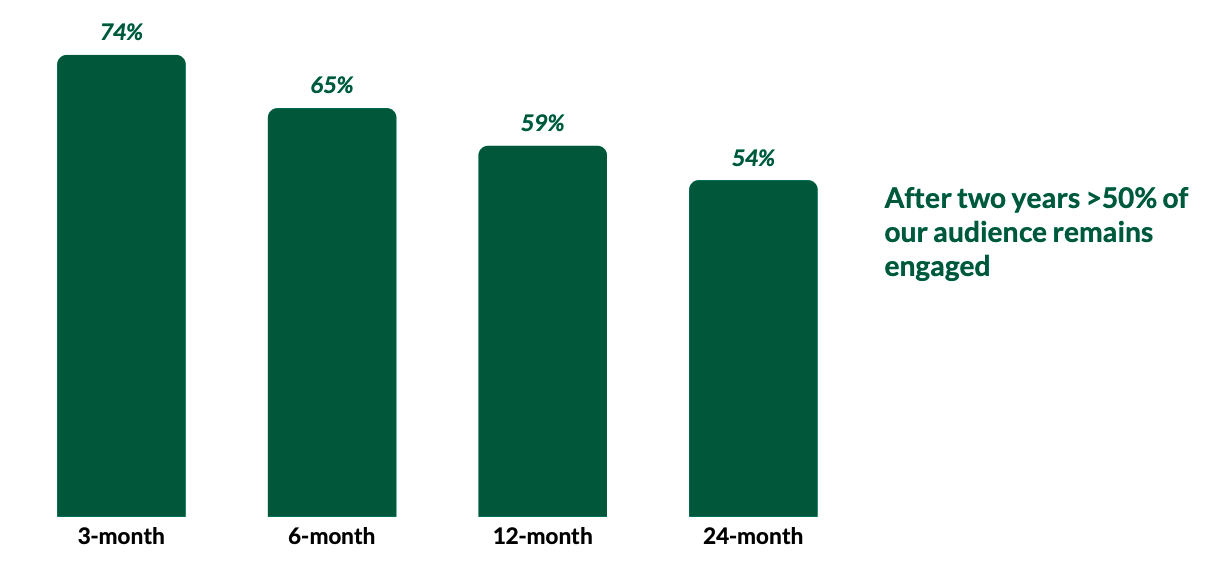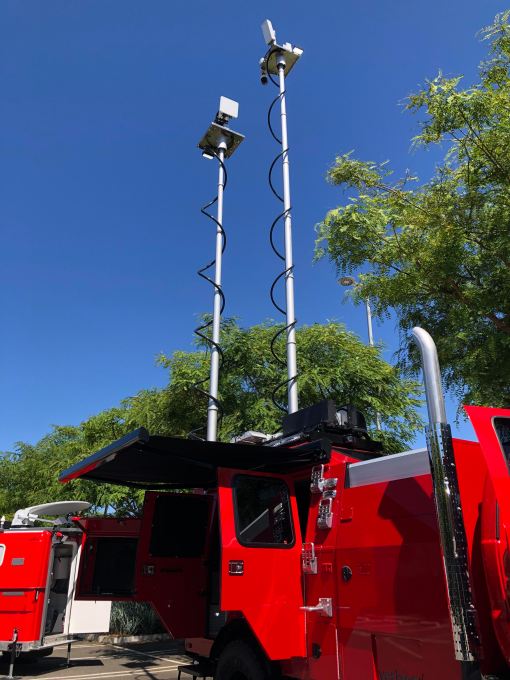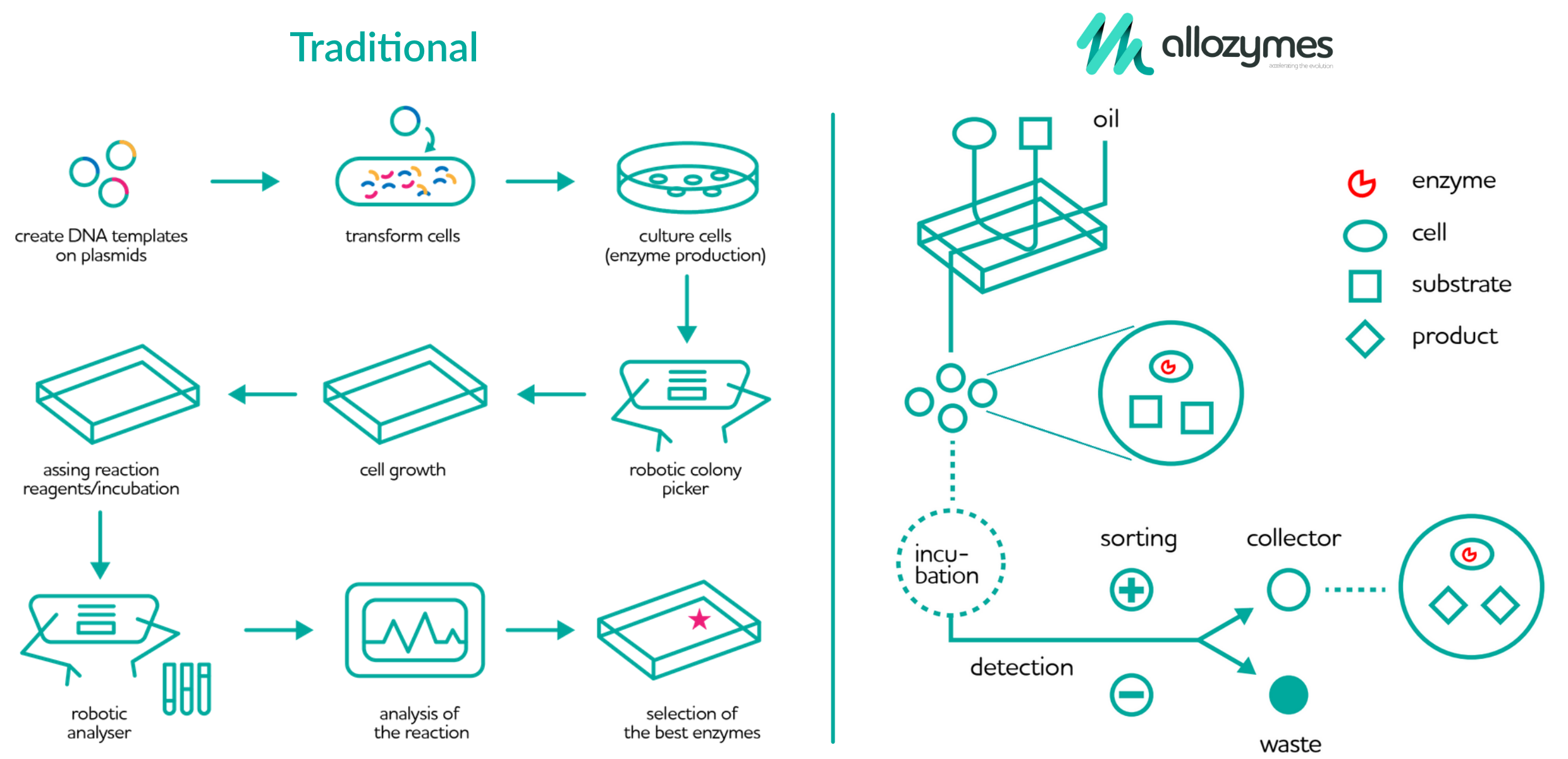Having a unique product used to give you at least a few months of lead time over other players, but that advantage seems to matter less and less — just think of how Twitter Spaces managed to land on Android ahead of Clubhouse.
In this context, how do you stay ahead of your competition when you know it’s only a matter of time before they copy your best features?
The solution is messaging, says conversion optimization expert Peep Laja. Unlike features that can be copied and commoditized, a strategic narrative can be a long-term advantage. In the interview below, he explains why and how startups should work on this from their very early days.
(TechCrunch is asking founders who have worked with growth marketers to share a recommendation in this survey. We’ll use your answers to find more experts to interview.)
Laja is the founder of several marketing and optimization businesses: CXL, Speero and Wynter. In a recent Twitter thread, he highlighted common stories and narratives that startups can use, such as “challenging the way things have always been done” or “irreverence,” and came up with examples of companies that employ these tactics. We asked him to expand on some of his thoughts and recommendations for startup founders.
(This interview has been edited for length and clarity.)
Your site’s tagline tells startups that “product-based differentiation is going away” and that they should “win on messaging.” Can you explain the rationale behind this?
David Cancel, the CEO of Drift, said that famously in 2017.
Broadly speaking, any startup is competing on innovation or messaging, and, ideally, on both. Usually, you want to start with innovation — do something new or something better. However, competing on features is a transient advantage. Doing what no one else is doing won’t last: Sooner or later, you’ll get copied by big players or other startups, so innovation is not enough. Features are a transient advantage that lasts maybe two years, but rarely more. Meanwhile, having the right narrative and messaging can give you a long-lasting advantage.
Startups competing on story have a big advantage if they are bold because big companies optimize for being safe, and that often means being very boring, but nobody will call them out for it. In contrast, startups can be brave and polarizing on purpose.
Ideally, you start with innovation, and at the same time start building your brand as well. Once the competition achieves feature parity, you make people choose you because of the brand. It’s hard to be sustainably objectively better than others, but you definitely cannot be objectively worse.
You help startups do research to find and validate their strategic narrative. Can you explain this concept?
As startups get bigger, they realize that they need to communicate less on features and more on story. Their narrative needs to be connected to a bigger concept and be a strategic narrative. “The world used to be like this, but it changed, and our startup will help you in this new context.”
A fictional example would be selling a course of AI for marketers; ideally, instead of talking about AI, you’d lead with a story, explaining that AI and machine learning are an unstoppable thing that is going to change everything. The future is already here, but not evenly distributed yet. There is no stopping this train. You can get on it, or get left behind. Companies that adopt AI will overtake others, and marketers need to learn AI to adapt. This would make the product way more attractive … than selling it through features: “AI for marketers course. Seven hours of video. Top lecturers.”
This is also what I am doing with my company, Wynter. If you look at SaaS, there are 53 times more companies than 10 years ago, with hundreds of tools available in any given category — think of email marketing, for instance. And a striking thing about competitors in each category is sameness: They pretty much offer the same features. In other words, differentiation based on features doesn’t work anymore. Most companies also look the same and say the same things. Sameness is the default for most companies today. Sameness is the combined effect of companies being too similar in their offers, poorly differentiated in their branding, and indistinct in their communication. You’d think that companies would be all about differentiation these days. Curiously, the opposite is true.
Given that feature-based differentiation is a fleeting advantage, companies should compete on brand. That’s the new world we are in, and in order to win, you need to know what your audience wants and how what you’re telling your audience is landing on them. … This is what my company does, and that’s how I pitch it. As you can see, it follows the narrative I described earlier: showing how the world has changed, and explaining that what used to work is no longer adapted to the new reality that is starting to emerge.
How would you recommend founders anchor their startup to success cases?
Bring your best proof that the world has changed — with data to back you up — and then make a case that winning requires a new strategy. Then show winners and losers based on the strategy they have been using, and use it as new proof that it is best suited for this new world. For instance, if you are pitching product-led growth, you can give examples showing that it is working as a go-to-market strategy because we live in a new world where customers want to start using the product right away. You can give examples showing how this is working, and tie your startup to them.
For other examples, you could also look at what HubSpot CTO Dharmesh Shah does with community-led growth.
There’s also this startup shipping hardware to remote workers, Firstbase. The Twitter timeline of its CEO, Chris Herd, is a good example of what I am saying: Just look at how he is selling the narrative, not his company.
So first and foremost you sell a narrative, a point of view on the world. And only much later you explain how your company helps their customer win using this new strategy. The narrative is the context for the features, etc.
How can startups avoid getting it wrong?
Your narrative can miss the mark if it’s not about change in the external world and only internal to the company, or if you are investing in a change that is not happening that you are failing to make sound credible. To win on brand, you need to measure the effectiveness of your narrative.
How do you test that? If you do direct sales, getting feedback is pretty straightforward. In my sales demo, I talk about the narrative before going into the demo. If people ask for a copy of my deck, I know it’s hitting home. I also ask for feedback, observe if people are nodding, etc. If you are not going through this sales process — for instance, if you are doing product-led growth — you need to do message testing. This can be one-on-one or as a qualitative survey, but either way, you need to make sure that you are testing on your actual target audience.
We do that at Wynter — you can conduct message testing as well as for customer research, so you can survey people not just on your message, but also on their perception of the world. This helps you discover what in your sales pitch on your website is hitting home, what falls flat, how it compares to the competition and so on.
Have you worked with a talented individual or agency who helped you find and keep more users?
Respond to our survey and help us find the best startup growth marketers!
When should startups start working on their messaging?
Companies should attach themselves to a narrative from day one because innovation is transient. Staying ahead of your competition through innovation forever is very rare. Winning on brand is more accessible. So before you have product-market fit, you need message-market fit. Potential customers will look at this. It can even be a moat: Instead of positioning yourself as a commodity (when you sell yourself through non-innovative features, you’re a commodity), you develop a story that people emotionally connect to. You’ll know it’s a moat if it makes it possible for you to charge more than your competitors. This doesn’t happen with a feature: It eventually becomes commoditized and expected. This is much less of a problem when you have a brand.
How should the narrative evolve over time, if at all?
Your narrative also needs to evolve as the world evolves; you always need to be scanning for what’s happening and the broader context. The rise of remote is an example of that; see, for instance, how HR company Lattice attached itself to it as it expanded from one feature to a broader offering.
This connects to a broader point, which is that we are going from mass market to smaller clusters. For example, we all used to watch the same shows, versus all the niche content that has emerged today. This can be good for startups because in most cases, they wouldn’t be able to afford to aim for mass-market appeal from the start anyway. But as they grow, their narrative may have to evolve. And there can also be a brand narrative and a strategic narrative at the same time, with the latter being the one that evolves over time.
In terms of stories, some of the ones I mentioned in my Twitter thread are more timeless, but even some of these might not work forever. For instance, the “David versus Goliath” story might not sound authentic once you reach a certain stage. I also gave the example of Wise “standing up for the people” and focusing on disrupting bank fees, but now that it is getting disrupted itself, it might have to change its narrative. Some companies don’t need to move away from their original narrative, but some do.
Powered by WPeMatico








